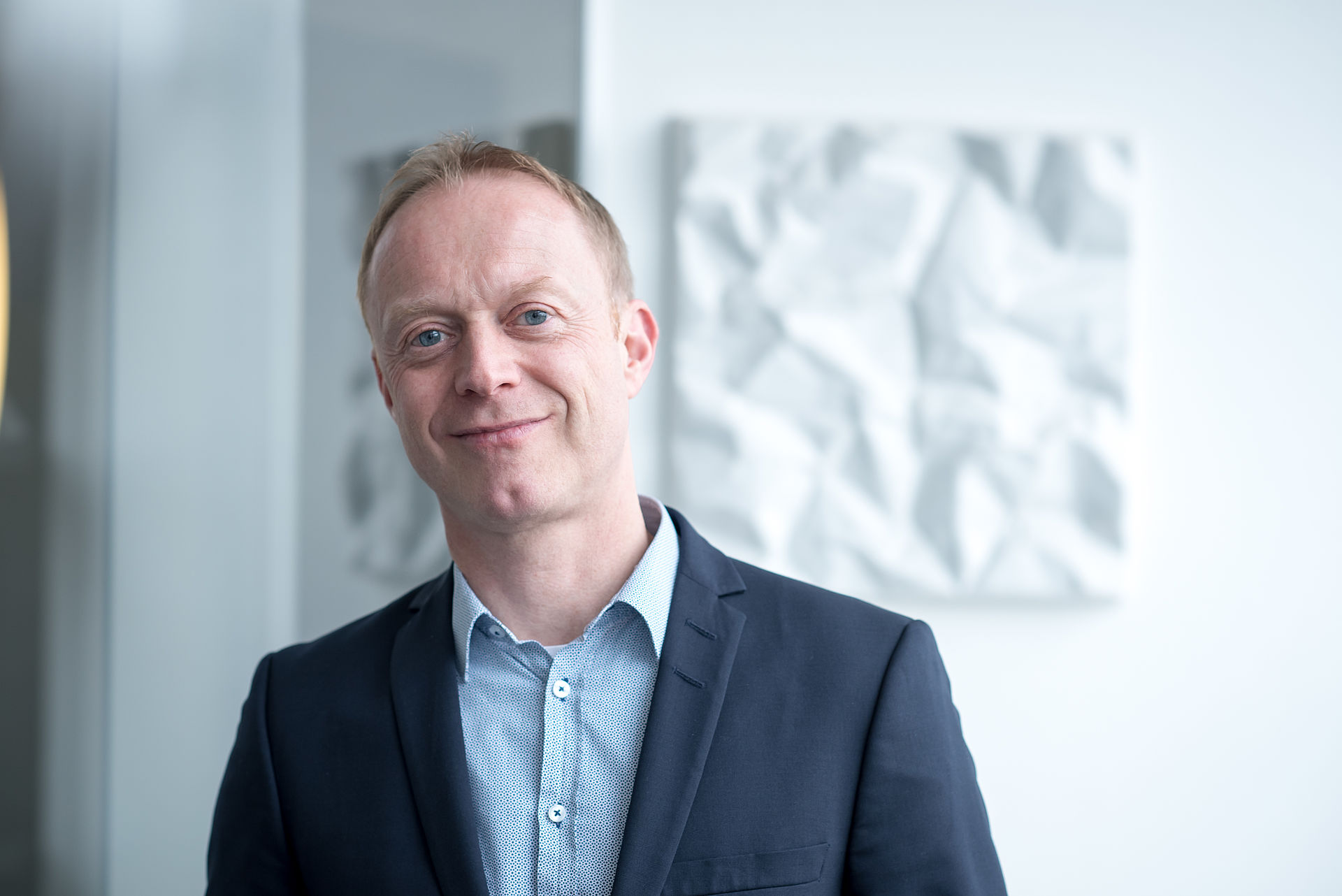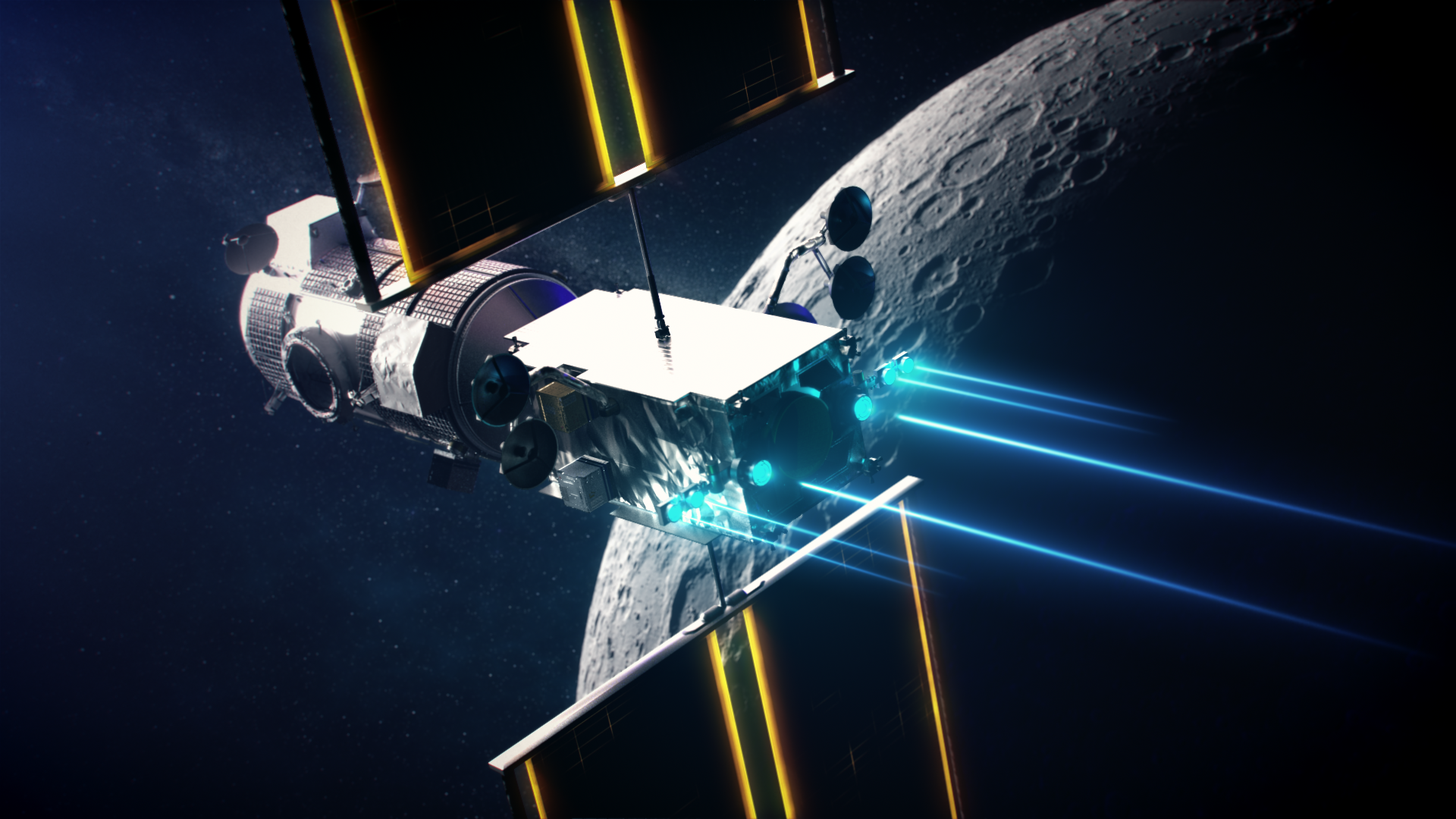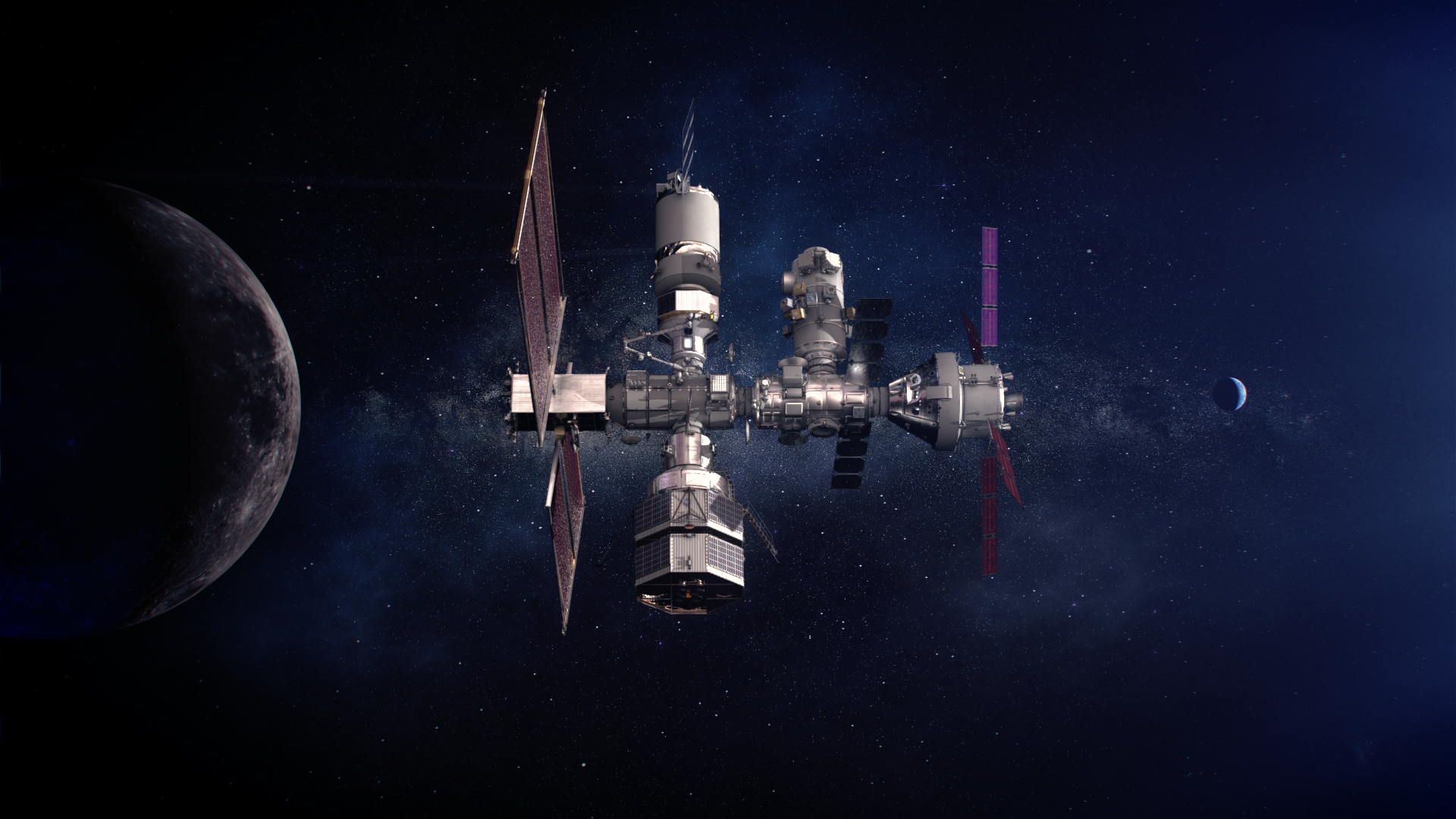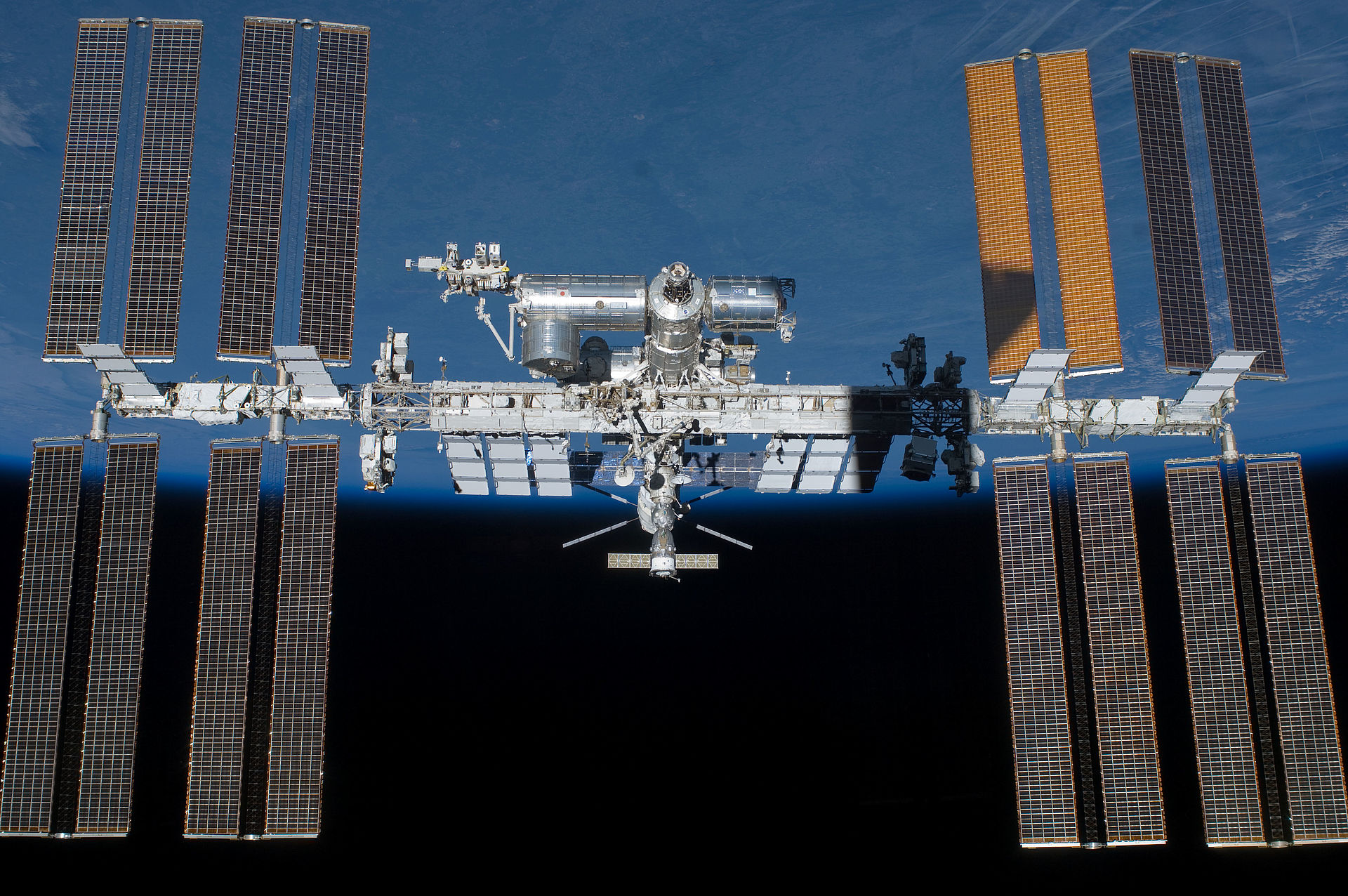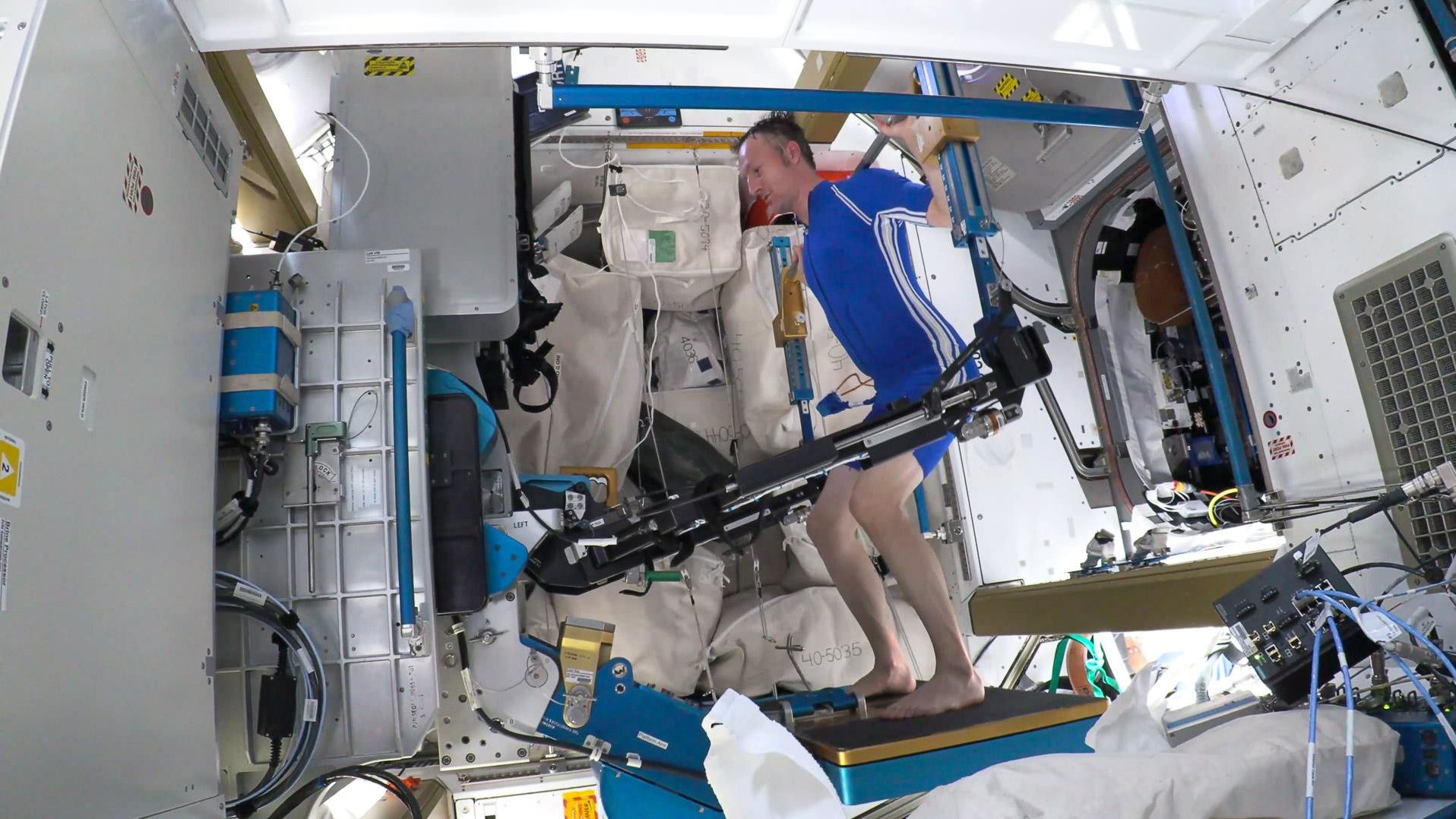
The International Space Station always in sight: When Dr. Marco Berg, Head of Human Space Flight and Exploration at OHB, sits at his desk, he looks at a detailed model of the ISS. "It stood in the integration hall for a long time. When it needed a new place, I took care of it." No wonder, Marco Berg has been closely connected with the space station for years. His department develops and supports a number of experiments and modules for research in space - also during the mission of German ESA astronaut Matthias Maurer.
Mr. Berg, after around six months on the ISS, Matthias Maurer has landed back on Earth. How did you accompany his mission in space?
First of all, I am glad that Matthias Maurer landed back on Earth in good health, and we are all proud and happy that the experiments we were involved in went so well and so successfully. On behalf of DLR, we supported Matthias Maurer in his fitness training with an EMS suit. The abbreviation EMS stands for electro-muscle stimulation. Athletes on Earth also train with this so-called "EasyMotion Skin". For use in weightlessness, however, we had to adapt the technology and qualify it accordingly.
What exactly was required?
The training system and the associated app were developed by EMS GmbH from Leipzig, which acted as OHB's subcontractor in this project. Scientific management was provided by the Centre for Space Medicine at the Charité University Medical Centre in Berlin. Our task was to make the suit fit for space. For example, the control unit, the position of some plugs and functions were rebuilt and, of course, a battery suitable for space was installed.
How did the training in space work out and why is it important at all?
In weightlessness, the muscles break down very quickly. Astronauts have to train for about two and a half hours a day to avoid muscle atrophy. During Matthias Maurer's mission, the aim was to find out whether electro-muscle stimulation could shorten daily training times. The plan included a total of 36 training sessions of 20 minutes each in the EMS suit. Training took place on Mondays, Wednesdays and Fridays. After the first 18 sessions, there was a longer break until the second training block. I was very pleased to hear that Matthias Maurer not only wore the suit during the experiment, but also did sport in 'our' suit in his free time on the ISS.
How was the success of the training measured?
Actually, a device was used that we have already qualified for the mission of the German ESA astronaut Alexander Gerst in 2018. It's called "MyotonPRO" and measures the state of the muscles, e.g. how stiff or how elastic they are, thus what tension they have. Preliminary data shows that the EMS training method has a positive effect on the muscles. But of course we are looking forward to the final evaluation of the data and hope that the EMS suit will be used with further ISS astronauts or even on missions outside the near Earth orbit.
In which other experiments was OHB involved during Matthias Maurer's mission?
We have qualified a bioprinter with which body-identical 'skin patches' can be created. This device has now been successfully tested for the first time with simulated human skin cells under space conditions, although not yet directly on the human body. In addition, our trace gas monitoring system ANITA-2, which was developed by our OHB colleagues in Oberpfaffenhofen on behalf of the European Space Agency (ESA), was also used. It carries out high-precision measurements of the gas atmosphere on board the ISS every six minutes and can detect more than 35 gases with extremely high accuracy. The device works well, it has already 'sniffed' something and indicated accordingly.
Mr Berg, those were the current experiments and while we talk, the ISS is flying around the Earth at approximately 28,000 kilometres per hour, about 400 kilometres above us. You have been connected to the space station since the launch - tell us about it.
Yes, human spaceflight is an integral part of our corporate identity and we are incredibly proud of that. For example, we developed the first research rack to go into operation in the Columbus module on board the ISS for the European Space Agency ESA - the "European Physiology Module" or EPM for short. This medical research laboratory is used, among other things, to study the effects of weightlessness on the human organism. The research facility is made up of several modules with which the astronauts can carry out various human physiological examinations. During important EPM activities, the data comes in here in the office next door, as we are still in charge of the engineering support. Beyond that, we already have many new experiments on our agenda, which we will develop and implement with our many years of expertise - always with the aim of supporting the space sector, expanding the knowledge of all of us and, of course, to keep gaining new insights for our life on Earth.

